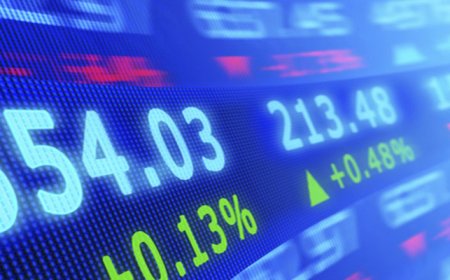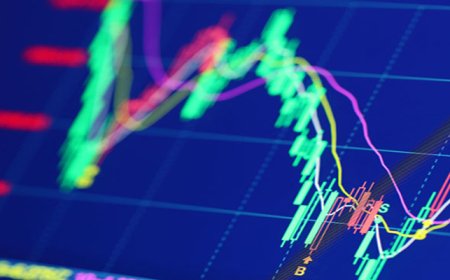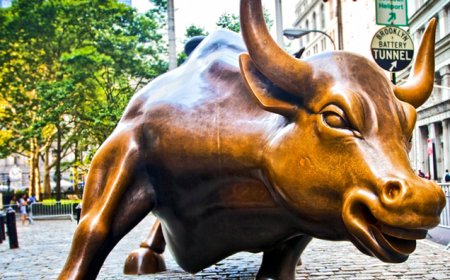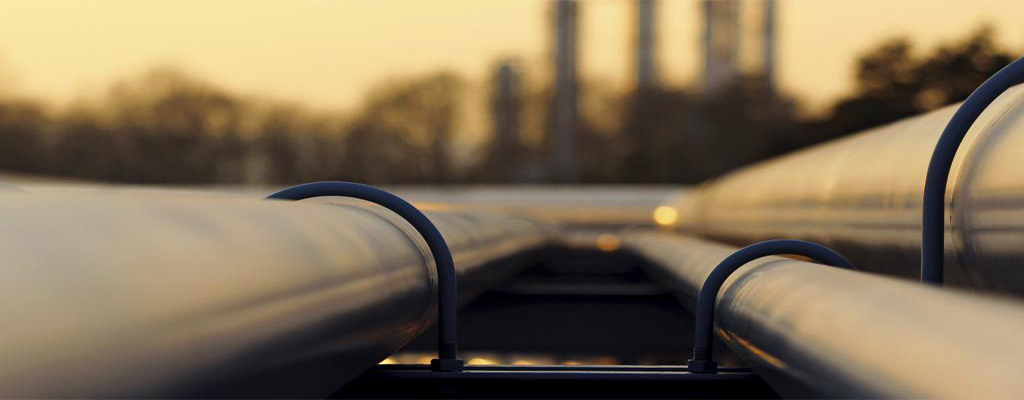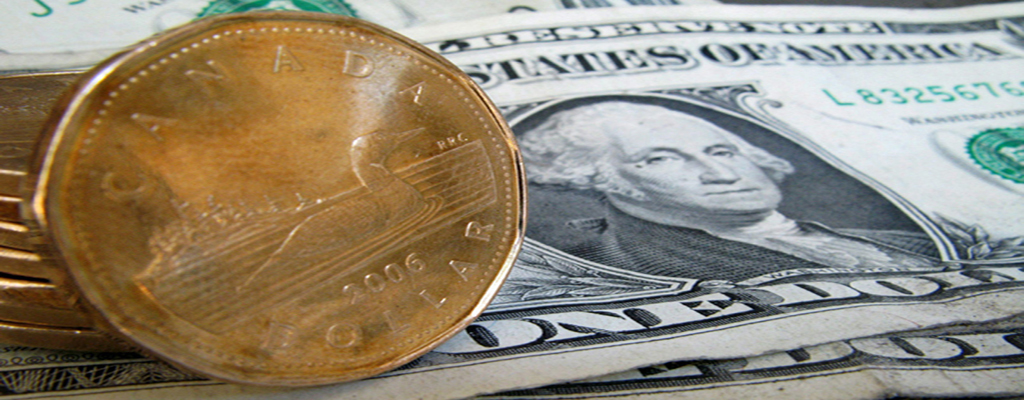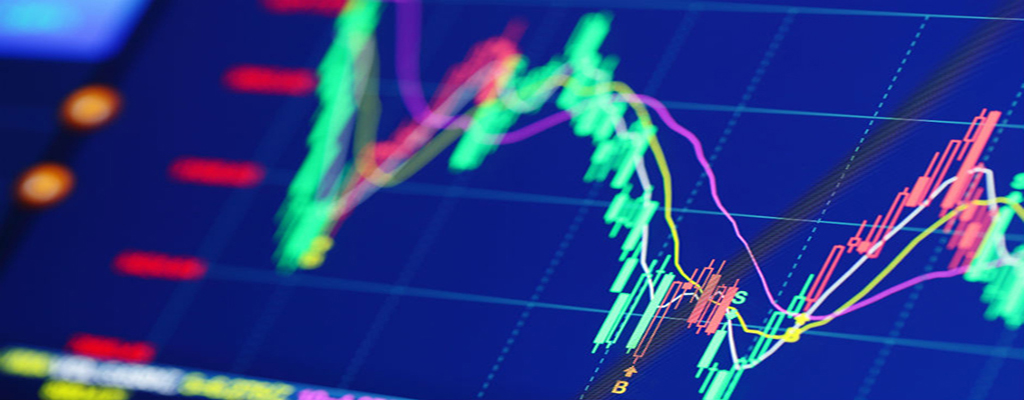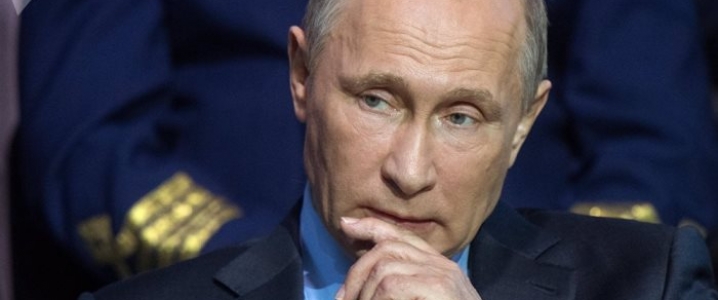Big Oil Shrugs at $60 Crude—for Now
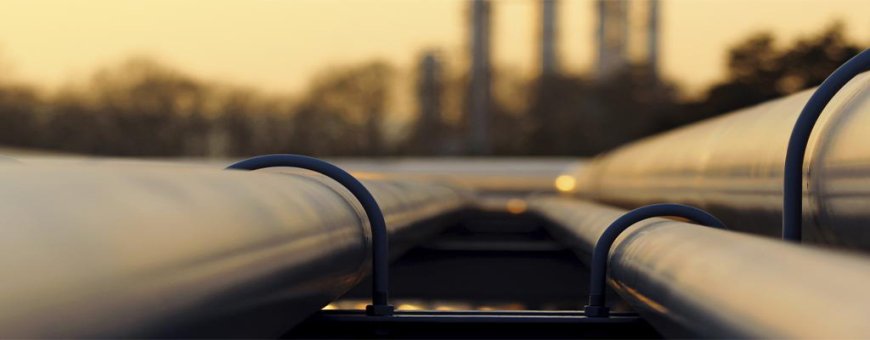
The biggest international oil firms used the first-quarter earnings calls to reassure investors that Big Oil is in a ‘business as usual’ mode at oil prices at $60 per barrel.
As ExxonMobil, Chevron, Shell, BP, and TotalEnergies reported their Q1 earnings and provided guidance for the second quarter and the rest of the year, oil prices were ending one of the worst months in years, in which oil sank to its lowest level since 2021.
The market rout began on April 2, just after the first quarter ended, so the world’s top international oil companies reported a fairly good set of Q1 results, with the exception of BP.
But earnings calls analysts were much more interested to learn what happens next than what happened with profits and cash flows in the first quarter. Because the first quarter may have been the last “business as usual” quarter for a long time.
With oil in the low to mid $60 per barrel, the second quarter will see much lower cash flows from operations and earnings compared to Q1.
“We're ready for this”
Company executives expressed confidence that their firms can and will withstand the new market downturn and continue to reward shareholders with dividends.
Exxon, which topped analyst estimates thanks to higher Permian and Guyana production, expressed confidence that the structural and cost-saving measures of the past few years have prepared it to weather the uncertain market environment.
“In this uncertain market, our shareholders can be confident in knowing that we’re built for this,” said Darren Woods, chairman and chief executive officer.
“The work we’ve done to transform our company over the past eight years positions us to excel in any environment.”
Woods told analysts, “In this environment, it's more important than ever to focus on what we can control, in this company's track record of delivery. The work we've done over the past eight years should make one thing clear: we're ready for this.”
The other U.S. supermajor, Chevron, revised down its second-quarter buybacks to a range of between $2 billion and $3.5 billion in share repurchases. The company, however, remains positive about the future cash flows as developments in the Gulf of Mexico and Kazakhstan are set to boost growth. Chevron expects $9 billion in incremental free cash flow at $60 oil prices.
“We've been through these cycles before. We know what to do. We know how to manage through it, and we know that opportunity can present itself,” CEO Mike Wirth said.
In Europe, Shell launched another $3.5-billion buyback, keeping the pace of its share repurchases, after posting consensus-beating earnings for the first quarter. The new share buyback program for the next three months will mark the 14th consecutive quarter of at least $3 billion in buybacks at the UK-based supermajor.
“We’ve spent a significant amount of time positioning this company over the last few years to make sure that we are able to manage not just run the company on fundamentals, but to ensure that we position it to be able to deliver through uncertainty,” Shell’s chief financial officer Sinead Gorman said.
“We don’t believe that at this moment in time, we need to step back within the capital range that we’ve got,” Gorman added.
The flexibility to reduce capex is there, but “that’s not the position we’re in at the moment,” the executive noted.
Shell will continue buybacks at $50 oil and will be able to cover the dividends even at $40 oil price for a prolonged period of time, Gorman told analysts.
BP, however, reduced by $1 billion its quarterly share buyback program after reporting weaker-than-expected earnings, significantly lower cash flow, and rising net debt for the first quarter.
France’s TotalEnergies remains confident it can sustain $2-billion buybacks in the second quarter despite lower oil prices.
Capex Cuts First amid Lower-for-Longer Oil Prices
Overall, Big Oil only cut 2% of total capex guidance during the Q1 earnings season, HSBC analyst Kim Fustier told the Financial Times, noting that none of the companies is rushing to drastic decisions that could be irreversible.
“They’re in a bit of a wait-and-see mode,” Fustier told FT.
HSBC lowered its earnings per share forecasts for Big Oil going forward, including slashing EPS projections for BP – seen as the most vulnerable – by 35%.
Morgan Stanley, which has slashed its oil price forecasts to $62.50 amid expectations of a larger market surplus later this year, expects buybacks at Big Oil to be reduced by between 10% and 50%, with net debt at the international majors rising. Earnings at the biggest international oil companies are set to slump later this year and in 2026, threatening the pace of buybacks, as a substantial oil market surplus would weigh on prices, according to Morgan Stanley.
Most analysts concur that Big Oil would not need to make drastic changes at $65 a barrel oil as the firms would be able to cover shareholder payouts at this price level. However, should prices sink to $60 and below for a longer period of time, sacrifices will have to be made, including capex at the low end of the range and buybacks trimmed or halted.
By Tsvetana Paraskova for Oilprice.com





